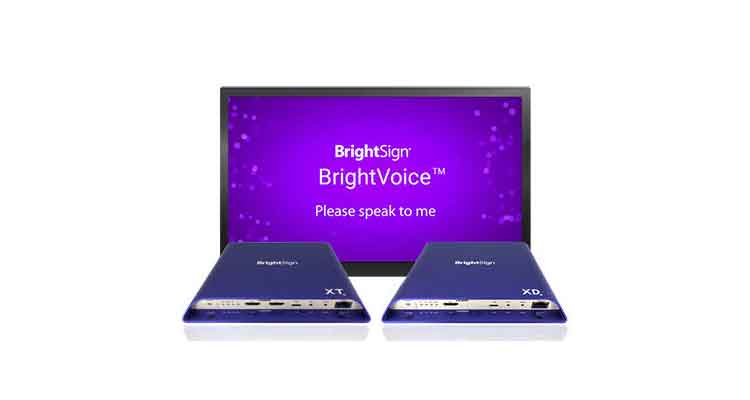2018 and the Pace of Change
 The beginning of the year is a time for people to look at previous predictions and score their success, along with making new predictions for the year ahead. I have spent some time over the past few weeks thinking about what is to come in the new year with technology. What really struck me, however, was with the crazy pace of change we have seen over the past couple of years in AV and how that pace continues to accelerate.
The beginning of the year is a time for people to look at previous predictions and score their success, along with making new predictions for the year ahead. I have spent some time over the past few weeks thinking about what is to come in the new year with technology. What really struck me, however, was with the crazy pace of change we have seen over the past couple of years in AV and how that pace continues to accelerate.
So rather than make any specific predictions for the year, I am thinking about the areas in which I believe there will be significant change.
I have written extensively in this publication about what I think the future of augmented reality and virtual reality are for both our industry and for the higher education market. I do expect to see advances in this area this year. Many higher ed institutions are already working in this area and I fully expect to see gear start to be priced in a way that makes it more common place.
Voice recognition is another area that has seen explosive growth in the past several years. In 2011 when Apple first introduced Siri, most of us saw it as a cute and fun feature. You could ask it silly questions and it would give you funny responses. Since then Google Home and Amazon Echo have come out and the voice recognition world has suddenly taken off full throttle. We have seen companies like Crestron begin to integrate with Echo and use voice recognition as control systems. Voice recognition is an answer to the problem of confusing control systems. As much as we have worked to make our touchpanels easy to control, they still have a lot of buttons on them. Being able to use natural language to control a space makes a lot of sense. More importantly, it is something that people have at home and have used, so they will be comfortable using it.
Another area that is bound to change is lecturing, training and conferencing. With the change of pace that has occured in wireless connectivity, the cost of such connectivity and the ubiquitous nature of a “viewing device” (laptop, phone, tablet, etc.) continues to drive the idea that no one needs to sit in a room and look up at the front to see a presentation. These participants can and should easily be able to view this directly on their device, along with interacting with the ongoing presentation. I think we will see this in education a bit, but I expect to see it more and more at conferences and trade shows, as companies want to demonstrate the capabilities of their equipment.
One of the things for integrators and designers to think about when considering the pace of change is not only what will change this year, but how fast that technology will mature and what that will mean for five years down the road. A quick example. I mentioned Amazon Alexa earlier in this column. That small device has slowly begun to change how we live our life, and some things we have taken for granted for fifty years or longer. In my house we have several Echo’s. We have also switched over many of our bulbs to the Phillips Hue bulbs. In several of our rooms we don’t use the light switches anymore. At what point will houses be built and light switches not installed? We use Echo to talk with each other through the house and with friends and family who also have an Echo. This in addition to the use of cell phones make us question when houses will be built without any wiring for telephones? Finally, there is the television. With modern cable companies allowing you to stream to various devices (game consoles, Roku, etc.), the need for coax in a house no longer exists. Today, houses are being built in which coax is not run through the house. What does a conference space or classroom look like at the end of this year, or mid way through next without touchpanels? What does a conference room in a hotel (something that has not changed for 40 years) when the room no longer needs a “front of the room.”
With the current pace of change in technology, it seems that as much change can happen in a single year that used to take ten to 15 years. I am looking forward to all of it! Happy 2018!





